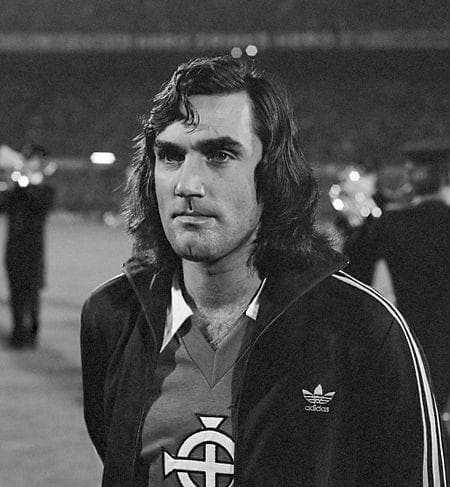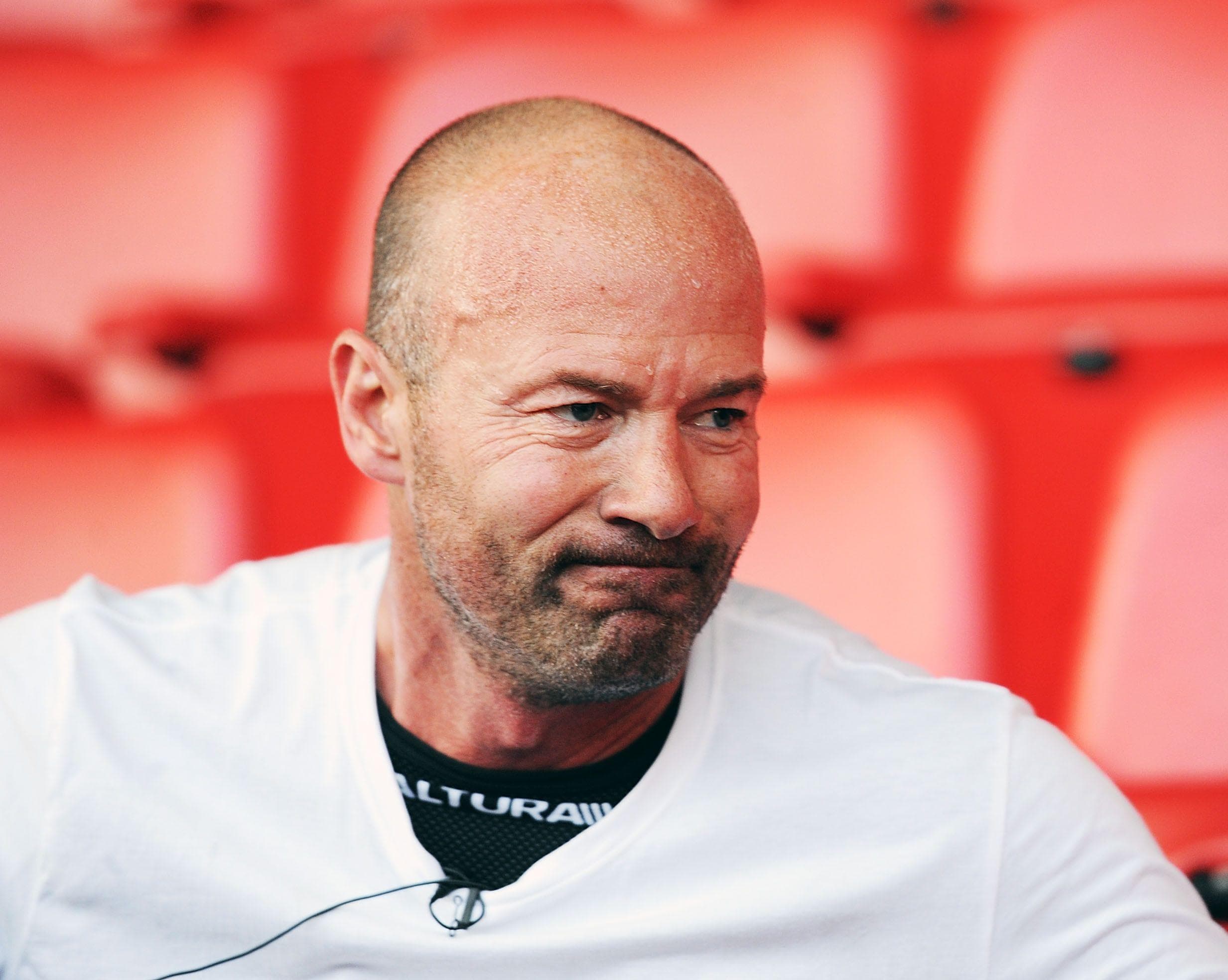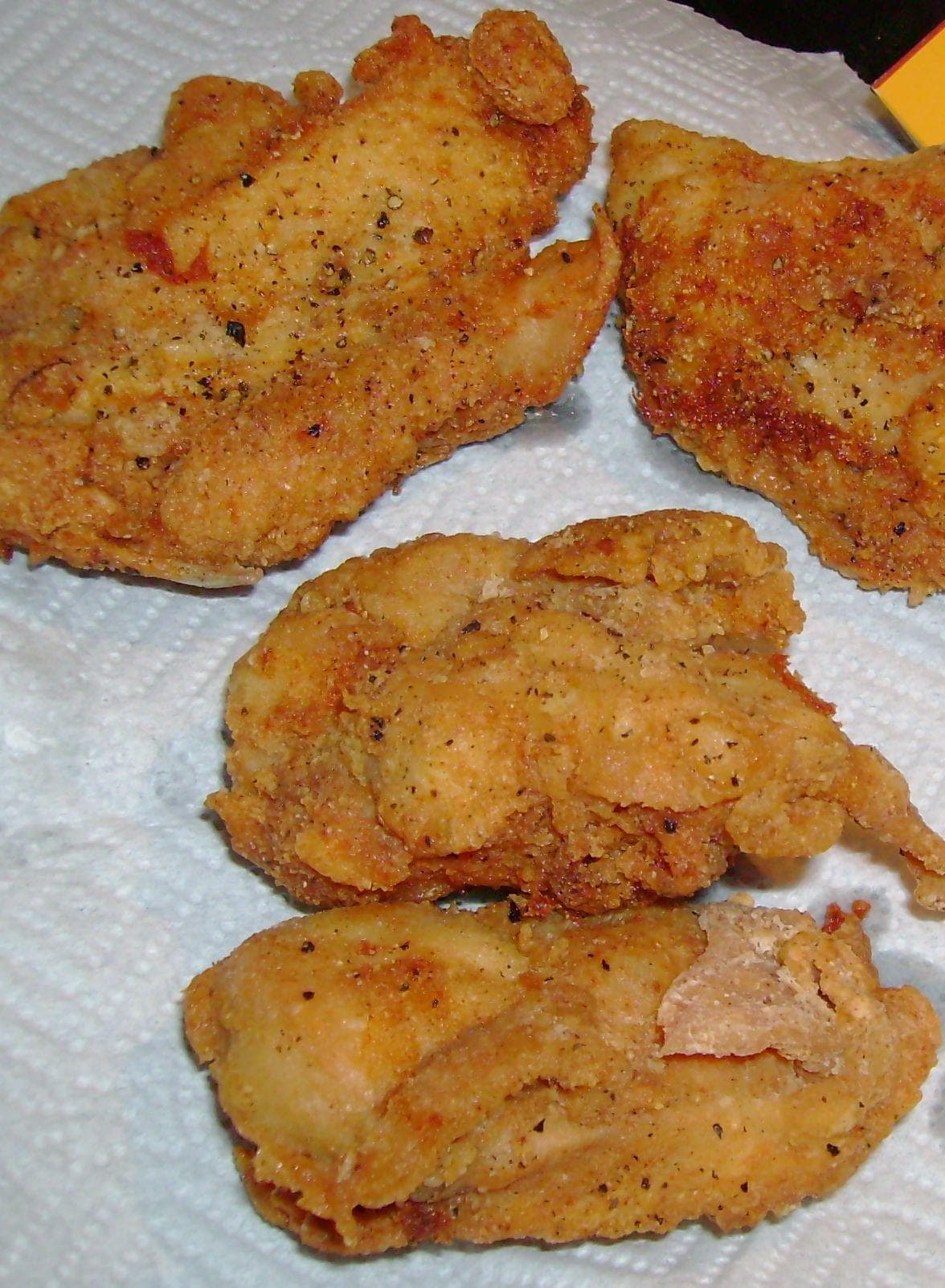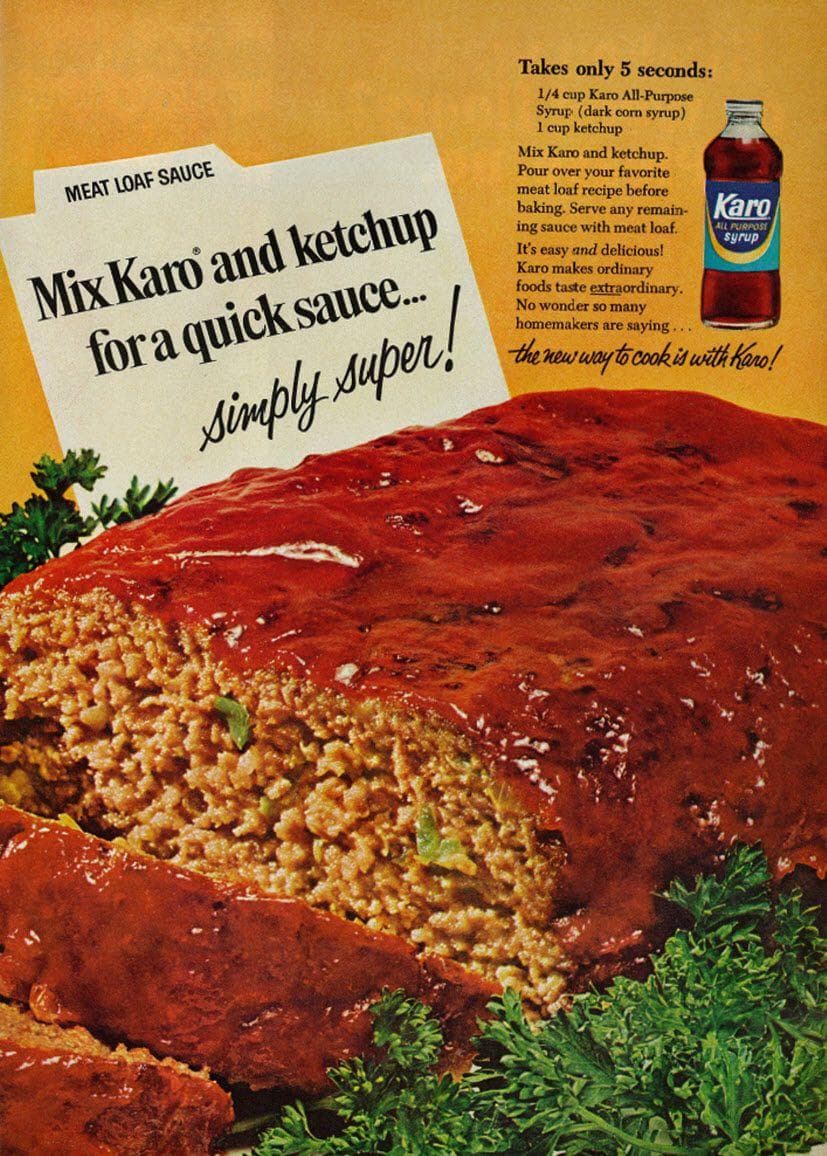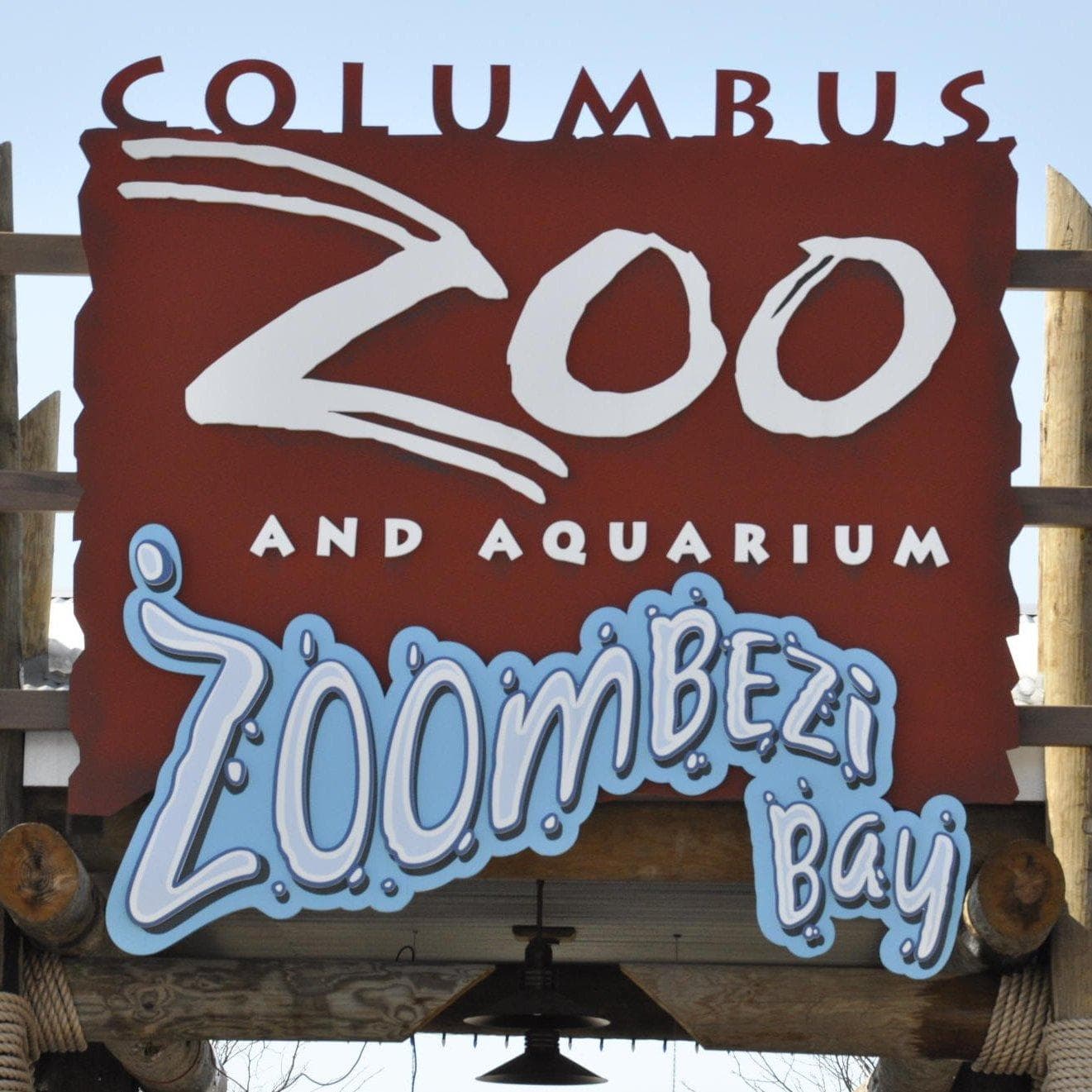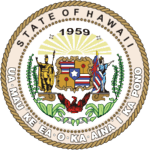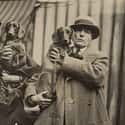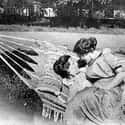-
(#7) Some Gay Women Roamed The Country Together As ‘Sisters Of The Road’
During the economic downturn of the early 1930s, lesbian women were faced with limited options: They could continue to live honestly and openly as women who love women, they could marry men to maintain a low profile, or they could skip town entirely.
Those who chose the latter option were known as "sisters of the road." They were typically from lower-class backgrounds, and may have become homeless or jobless following the increased sexual repression. For safety, these vagrant lesbians would often travel in large groups.
-

(#3) The ‘Pansy Craze’ Ended In Chicago
As the New York gay scene ascended and collapsed, a similar phenomenon occurred in Chicago during the transition between the 1920s and '30s.
The birth of the “pansy craze” can be attributed to Prohibition, when entertainment in general was driven underground to avoid legal consequences. The recent influx of immigrants from Europe and South America helped bolster the movement, creating numerous ethnic enclaves within the gay community. This led to the sudden proliferation of gay clubs and cabarets in the Near North and South Side, known colloquially as “pansy parlors.”
Historian Chad Heap remarks on the racial landscape of the pansy community:
African American drag entertainers performed for racially mixed audiences at some of the South Side’s most famous "black and tan" [cabarets]. Mexican "queers" carved out a space for themselves along Ashland Avenue, and ethnic working-class "queens" from the city’s North, South and West Sides met at private parties and public drags throughout the city.
The pansy craze ended quickly due to a sudden rise in unlawful activity blamed on the gay community.
-
(#6) Lesbianism Came To Be Seen As A Major Threat To Heterosexual Marriage
During the economic hardships of the 1930s, heterosexual men were self-conscious about their inability to provide for their wives and families. When this was sublimated into their gendered self-conception, lesbians became an issue.
Heterosexual marriage was built on the concept of a man providing and a woman nurturing, so the idea of women performing both roles was a threat to the sanctity of heterosexual marriage. It upended common expectations of gender roles, which many anti-gay advocates claimed was part of the social decay that brought on the Great Depression.
By contrast, bisexuality was more permissible, since it allowed for the possibility of a heterosexual dynamic.
-
(#5) A New Hollywood Production Code Prevented Homosexuality In Films
Mirroring the sudden downturn of gay people in public life was their disappearance from the stage and screen.
Throughout the 1920s and early 1930s, pictures depicting men in dresses and openly gay characters were commonplace. After The Captive, a 1926 lesbian drama, made a splash on Broadway, it started a conversation about gay issues that was further expanded by The Drag, a play written by film star Mae West about gay men. Backlash ensued, and a New York state law was passed that prohibited the representation or discussion of homosexuality on stage.
In the early 1930s, a similar code was introduced in Hollywood. Olga J. Martin, a secretary of the Production Code Administration, explained the details of the code:
No hint of... perversion may be introduced into a screen story. The characterization of a man as effeminate, or a woman as grossly masculine would be absolutely forbidden for screen portrayal. This means, too, that no comedy character may be introduced into a screen play pantomiming a pervert.
-

(#2) New York Police Began Actively Trying To Entrap Gay Men
In 1923, New York State adopted a law that made it illegal for one man to invite another to have intimate relations. Due to the number of gay people living and working in New York during this time, offenders were only prosecuted selectively and at random. It didn't become a widespread occurrence until the beginning of the Great Depression.
Apart from full-on bar raids, the primary means of detaining cruising men was police entrapment. Attractive plainclothes officers would enter the bars and engage in flirtatious conversations with men, only to arrest them if the men offered to leave the establishment to hook up.
According to "Social Factors in Case Histories of 100 Underprivileged Homosexuals," a 1938 mental health study, 97% of gay men prosecuted for sexual offenses in a single year were adult men soliciting consensual relations with other adults.
-

(#11) Gay People Could No Longer Congregate In Public
In New York, legislation was passed to prohibit homosexual people from gathering in any state-licensed public space. This meant bars, restaurants, and clubs were all in danger of losing their liquor licenses or even their leases if they employed or served gay people - or even allowed them to congregate on the premises.
Despite the precautions exerted by the owners of these gay establishments, the State Liquor Authority still closed hundreds of businesses for “tolerating” a gay presence. The practice continued well into the 1960s.
New Random Displays Display All By Ranking
About This Tool
Homosexuality has not always been taboo in history. People are now keen to emphasize that this is a natural behavior, which is engraved in human genes. In the 1920s, gay self-expression became more common in the United States, although still subject to discrimination and attacks, sexual liberation was a product of contemporary social development. There are many hidden gay clubs and masquerades in urban, and Hollywood has even begun to produce movies with gay characters.
In the mid-1920s, before The Great Depression, gay events could even attract more than 7,000 people from all races and social classes, including not only gay but also lesbian, bisexual, transgender, and even heterosexual people. Here the random tool introduced 12 detailed information about gay self-expression in the 1920s.
Our data comes from Ranker, If you want to participate in the ranking of items displayed on this page, please click here.

